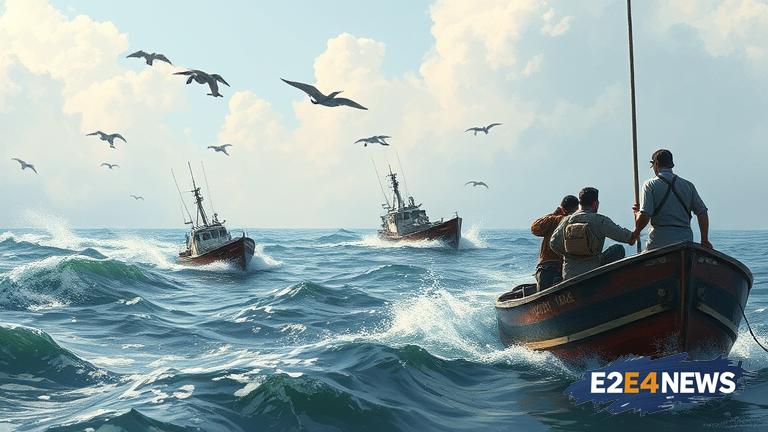The European migrant crisis has reached a boiling point, with people smugglers successfully landing thousands of migrants on the continent’s beaches. Despite efforts to bolster coastal security, smugglers continue to outmaneuver authorities, taking advantage of the sheer length of Europe’s coastline and the limited resources available to patrol it. The situation has become increasingly dire, with many migrants putting their lives at risk to reach European shores. The smugglers, often using makeshift vessels, have proven to be highly adaptable, constantly changing their tactics to evade detection. This has led to a cat-and-mouse game between the smugglers and the authorities, with the smugglers currently gaining the upper hand. The migrants, many of whom are fleeing war, persecution, or poverty, are often forced to pay exorbitant fees to the smugglers, who promise them safe passage to Europe. However, the reality is far from safe, with many migrants facing dangerous journeys, exploitation, and even death. The European Union has struggled to respond to the crisis, with many member states disagreeing on how to address the issue. Some countries have taken a hardline approach, increasing border security and deporting migrants, while others have advocated for a more compassionate response, providing aid and shelter to those in need. The situation has also sparked a rise in anti-migrant sentiment, with many Europeans expressing concerns about the impact of migration on their communities. Despite these challenges, many organizations and individuals are working to provide support to the migrants, offering them food, shelter, and medical care. The crisis has also highlighted the need for a more comprehensive and coordinated approach to addressing the root causes of migration, including poverty, conflict, and climate change. As the situation continues to unfold, it is clear that a long-term solution will require a sustained effort from European leaders, as well as international cooperation and support. The use of technology, such as drones and sensors, has been proposed as a potential solution to help monitor the coastline and detect migrant crossings. However, the effectiveness of such measures remains to be seen, and it is likely that a combination of approaches will be needed to effectively address the crisis. Ultimately, the migrant crisis is a complex and multifaceted issue, requiring a nuanced and compassionate response from European leaders and the international community.
